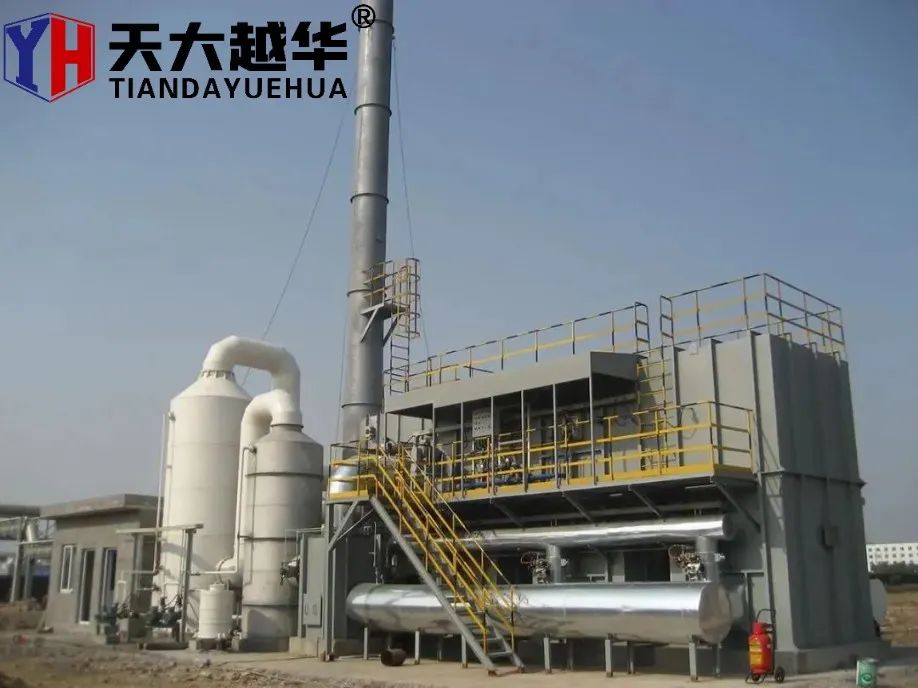Exploring Efficiency: The Power of Oxider Incinerator RTO in Pollutant Removal
2024-04-07
Introduction:
In the battle against air pollution, innovative technologies like the Oxider Incinerator RTO (Regenerative Thermal Oxidizer) have emerged as champions, offering efficient solutions for removing harmful pollutants from industrial emissions. But just how efficient is the Oxider Incinerator RTO in terms of pollutant removal? In this blog, we'll delve into the intricacies of its operation and explore the remarkable efficiency with which it tackles volatile organic compounds (VOCs), hazardous air pollutants (HAPs), and other contaminants.
Understanding Pollutant Removal Efficiency:
Before diving into the efficiency of the Oxider Incinerator RTO, it's essential to understand the concept of pollutant removal efficiency. This metric measures the effectiveness of a pollution control device in removing pollutants from an air stream. Pollutant removal efficiency is typically expressed as a percentage and is calculated based on the reduction in pollutant concentration achieved by the device.
Efficiency of Oxider Incinerator RTO:
1. Thermal Oxidation Process:
The key mechanism driving pollutant removal in an Oxider Incinerator RTO is thermal oxidation. Within the system's combustion chambers, contaminated air is heated to high temperatures, typically ranging from 1400°F to 1800°F (760°C to 980°C). This intense heat initiates chemical reactions that break down pollutants into harmless by-products such as carbon dioxide and water vapor. The thermal oxidation process is highly efficient in destroying VOCs, HAPs, and other organic compounds, achieving pollutant removal efficiencies of up to 99%.
2. Residence Time:
Another factor contributing to the efficiency of the Oxider Incinerator RTO is residence time. This refers to the duration that contaminated air spends within the system's combustion chambers. A longer residence time allows for more thorough mixing and exposure of pollutants to high temperatures, enhancing the efficiency of pollutant removal. Oxider Incinerator RTOs are designed to optimize residence time, ensuring maximum pollutant destruction and minimal emissions.
3. Advanced Control Systems:
Oxider Incinerator RTOs are equipped with advanced control systems that monitor and regulate various parameters, including temperature, airflow, and pollutant concentrations. These systems utilize sophisticated algorithms to optimize combustion conditions and maximize pollutant removal efficiency. By maintaining precise control over the operation of the system, Oxider Incinerator RTOs ensure consistent and reliable performance in pollutant abatement.
Benefits of High Efficiency:
The high efficiency of Oxider Incinerator RTOs in pollutant removal offers numerous benefits for industries and the environment:
- Compliance: Industries can achieve compliance with stringent environmental regulations and emission standards, avoiding potential fines or penalties for non-compliance.
- Air Quality: By effectively removing pollutants from industrial emissions, Oxider Incinerator RTOs contribute to improved air quality and public health in surrounding communities.
- Resource Conservation: The efficient removal of pollutants helps minimize the environmental impact of industrial activities and conserves natural resources for future generations.
Conclusion:
In conclusion, the Oxider Incinerator RTO is highly efficient in terms of pollutant removal, thanks to its thermal oxidation process, optimized residence time, and advanced control systems. By achieving high pollutant removal efficiencies, Oxider Incinerator RTOs play a crucial role in mitigating air pollution, protecting public health, and promoting environmental sustainability. As industries continue to prioritize pollution control and regulatory compliance, Oxider Incinerator RTOs will remain indispensable tools in the fight against air pollution and its adverse effects.



